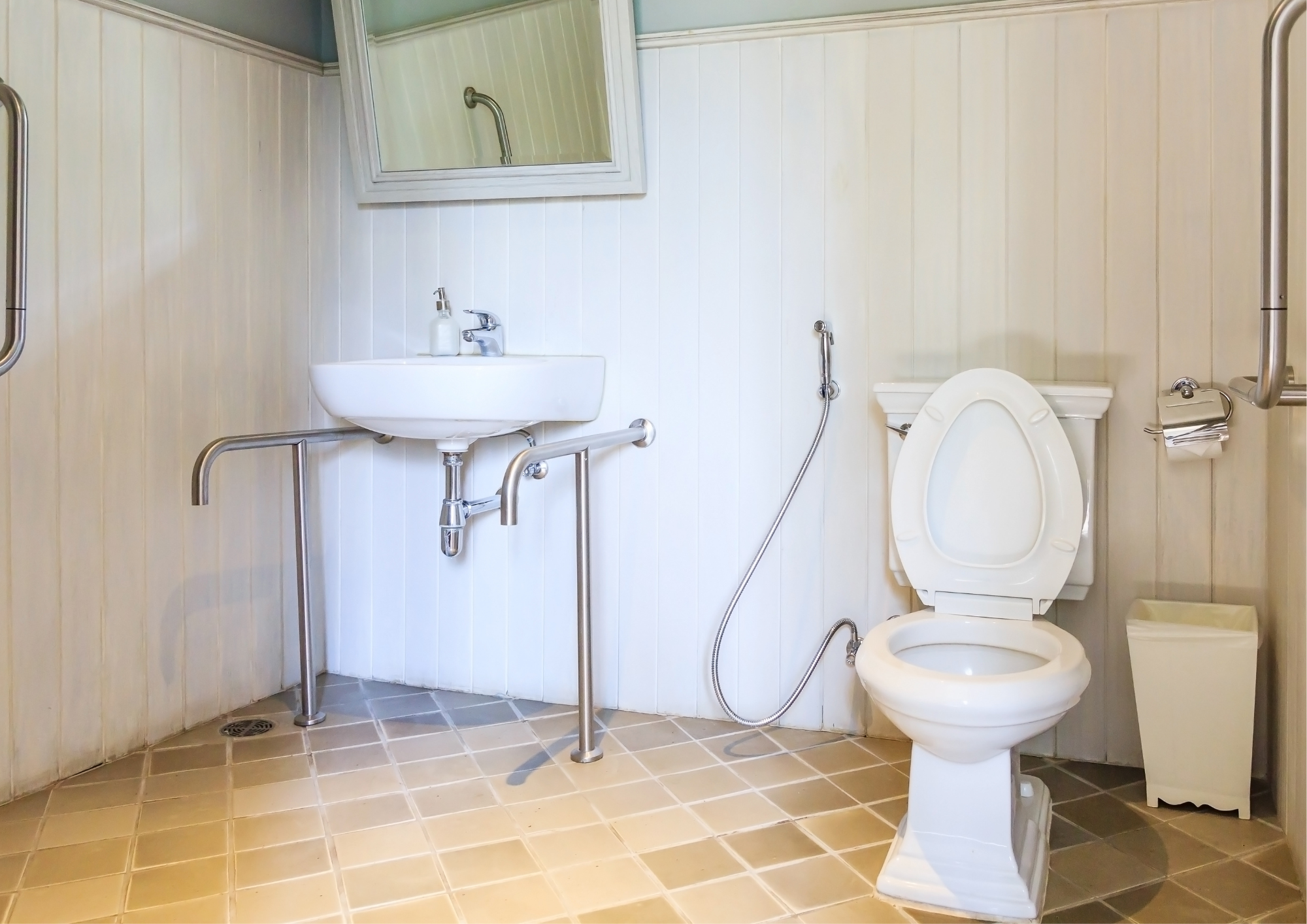What is Occupational Therapy? With Amelia Romeo
In our latest Resilient Insight, we chat with our Senior Occupational Therapist & Therapies Coordinator Amelia Romeo on life as an Occupational Therapist and Home Modifications.
1. Tell me about yourself?
AR: “I am an Occupational Therapist at RHG. Outside of work I enjoy spending time with friends and family, playing netball and making memories travelling.”
2. Why did you choose to become an Occupational Therapist?
AR: “To be honest, I knew I was interested in health and wanted to work with kids, but I didn't know what I wanted to be. My cousin mentioned I should consider OT and the rest is history! I was only 14 at the time and my mind never changed - it was meant to be!”
3. What is your definition of Occupational Therapy?
AR: “Occupational Therapists collaborate with individuals to work towards their goals, so that they can build independence and participate in activities that are fun and meaningful to them.“
4. What is the role of an occupational therapist in home modifications and how does it differ from other professionals involved in home renovations?
AR: “As an Occupational Therapist I enjoy having a varied caseload which includes supporting individuals with their therapeutic goals, functional capacity assessments, equipment prescription and/or home modifications,
With Home Modification Assessments, an OT brings a functional lens. We consider the unique interaction between the person, the environment and the task itself to determine barriers and enablers. From there, we can make recommendations for skill development, equipment, minor or major modifications that will improve the individual's functional performance including independence, safety and often dignity. If home modifications are recommended, we create diagrams and collaborate with suppliers or building consultants to obtain a quote before writing a justification report to advocate for funding from the funding body. Further along, OTs continue collaborating with the building consultant to review the modifications and ensure that the outcome is as intended.”
5. What are some of the most common reasons people seek home modifications through occupational therapy?
AR: “Each individual is unique! However, we do commonly support individuals who have mobility challenges or use assistive technology solutions (i.e., a wheelchair) to apply for modifications to support safe access to/from their home (i.e., a grab rail, ramp or door widening) or to apply for a bathroom modification which will enable them to safely and independently use the shower and toilet considering their equipment needs.”
6. How do home modifications improve a person’s independence and quality of life?
AR: “One of the reasons I love working in the equipment and home modifications space is because you get to see the immediate impact that assistive technology solutions can have on an individual and their family's life. Equipment and home modifications have the potential to improve an individual's safety, independence, access, comfort and dignity. But more than that - when the environment is adjusted to meet an individual's needs it gives them a sense of belonging and hope. I've seen equipment and home modifications make a huge difference in so many people's ability to achieve their goals.”
7. What does a typical day look like for you as an OT?
AR: “I really enjoy having a varied caseload so that every day is different. However, on a typical "Therapy" day I visit my clients at their schools, homes or in our clinic space and we engage in activities to support them to achieve their goals. I may also support clients with Functional Capacity Assessments. On a typical "Assistive Technology" day I focus on clients with equipment and home modification goals. I will often visit clients in their home environment for an initial assessment. After this we might meet again at home or an equipment supplier to trial various assistive technology solutions. Assistive Technology days also include report writing and liaising with relevant professionals and suppliers.”
8. What are some of the most challenging and rewarding aspects of your profession?
AR: “The most rewarding part of being an OT is supporting clients to achieve their goals!
“Whether it's the smile on a child's face when they tie their shoelaces for the first time, or the happy tears of an adult who has the equipment he requires to shower independently again - these moments are the reason I love being an OT!
The most challenging aspect of being an OT is observing the impact that the ever-changing confinements of funding bodies can have on clients.”
9. How do you develop a treatment plan for a new client?
AR: “Each person is unique! During an initial appointment, I will learn more about the person through conversations or activities. We will then collaborate to create goals that are meaningful to them and develop a service plan unique to their needs.”
10. Can you share an example of a time when you had to adapt your approach to meet a patient’s unique needs?
AR: “We adapt our approach to meet a client's unique needs all the time. There really is no one standard way,
“We provide a flexible service that is unique to the needs of each individual. If a client has self-care goals, then we can provide a service in their home environment. If a client uses AAC to communicate, we will communicate with them using their AAC device. If a client needs equipment for school, we organise trials for the school environment. If a client is not confident with English, we will book an interpreter to support our conversation.”
Are you looking for an Occupational Therapist? Apply online here


